Earth news stories
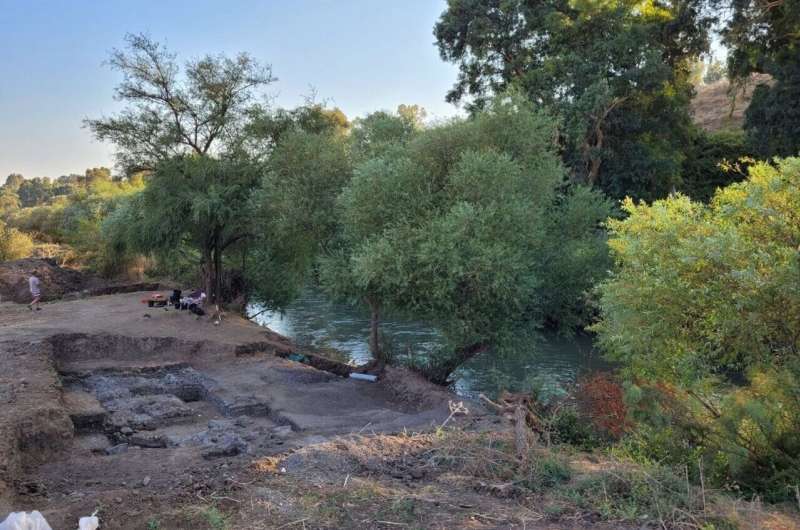
Based on the identification of plant remains, Tel Aviv University and Tel-Hai College researchers provide the first detailed reconstruction of the climate in the Land of Israel at the end of the last ice age (20,000-10,000 years before present).
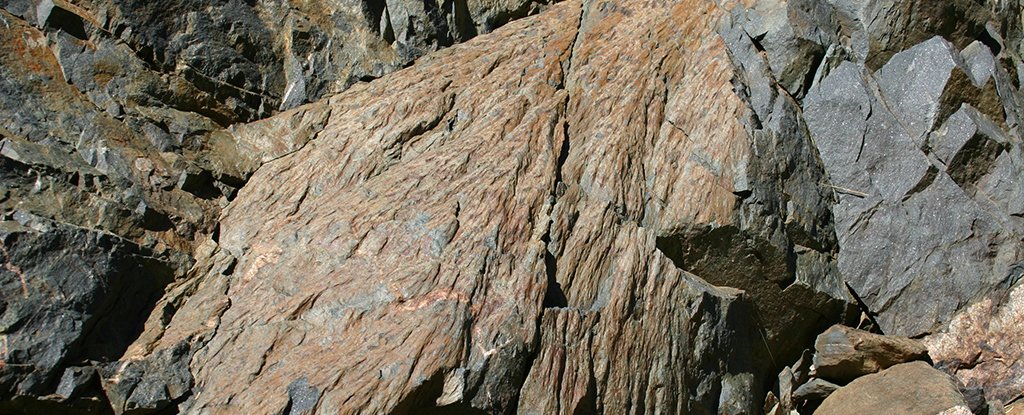
Meteor impact sites might seem like easy things to recognize, with giant craters in Earth’s surface showing where these far-flung objects finally came to a violent stop. But it’s not always that way.

Physically speaking, our Universe seems uncannily perfect. It stands to reason that if it wasn’t, life as we know it – and planets, atoms, everything else really – wouldn’t exist.
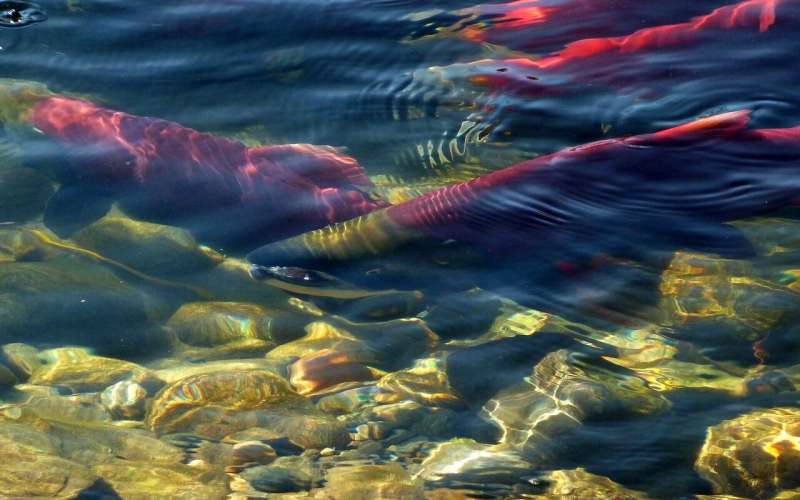
Ancient Indigenous fishing practices can be used to inform sustainable management and conservation today, according to a new study from Simon Fraser University.

Earth’s first continents, known as the cratons, emerged from the ocean between 3.3 billion and 3.2 billion years ago, a new study hints. This pushes back previous estimates of when the cratons first rose from the water, as various studies suggested that large-scale craton emergence took place roughly 2.5 billion years ago.
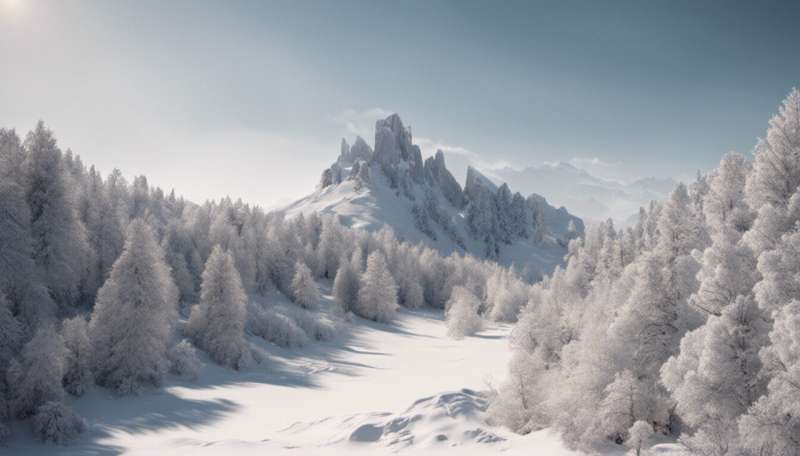
Traditionally, scientists believed the Iberian hinterland to be a no-man’s land, avoided by Homo sapiens until about 19,000 years ago when the ice sheets of the Last Glacial Maximum—the period when ice sheets were at their greatest extent—retreated. However, recent research has been telling a different story.

Detroit has joined the growing number of cities and states that have decriminalized entheogenic plants and fungi, more colloquially known as “magic mushrooms” and psychedelics.
Image from Magic mushrooms (Wiki Commons)

Mammoths and other giant creatures of the Ice Age such as woolly rhinos survived longer than scientists thought, coexisting with humans for tens of thousands of years before they vanished for good. That’s according to the results of an ambitious 10-year research project that analyzed DNA from hundreds of soil samples across the Arctic.
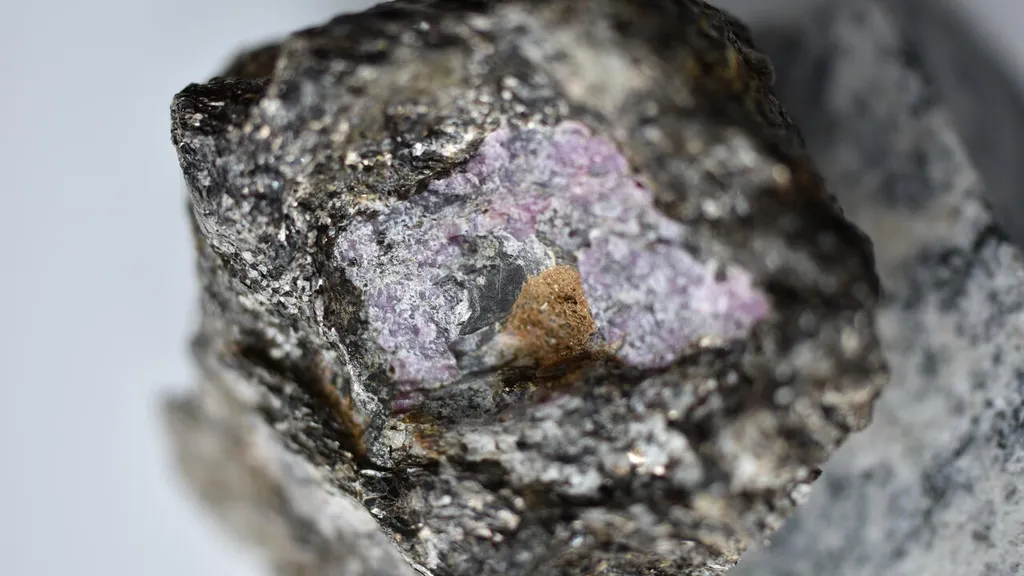
Traces of ancient life were locked inside a 2.5 billion-year-old ruby from Greenland, according to a new study.
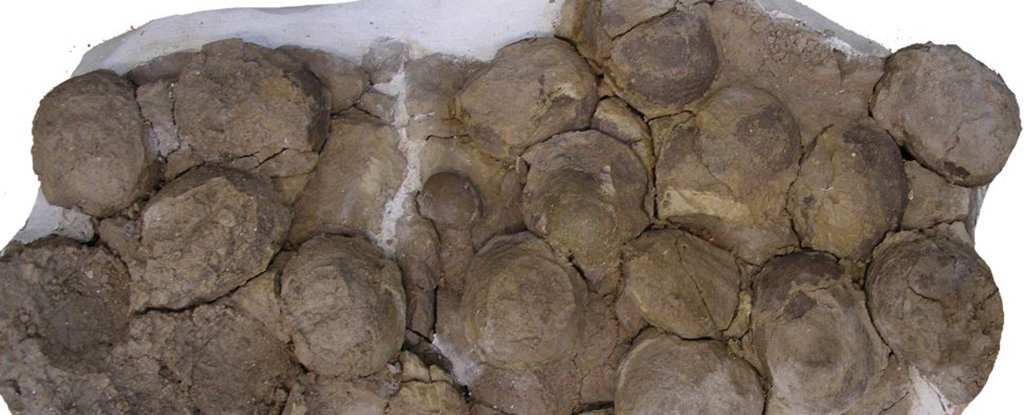
A Jurassic graveyard in Patagonia, Argentina, holds more than 100 fossilized eggs and the bones of 80 Mussaurus patagonicus dinosaurs ranging in age from hatchling to adult. The trove of dinosaur remains suggests that these paleo-beasts lived in herds as early as 192 million years ago, a new study finds.

Some of the oldest evidence for modern humans living in rainforests has been found in a cave in Southeast Asia. Researchers analysed fossilised teeth discovered in Laos, revealing that these humans ate fruits and meat as part of an omnivorous diet.

We know that true polar wander (TPW) can occasionally tilt whole planets and moons relative to their axes, but it’s not entirely clear just how often this has happened to Earth. Now a new study presents evidence of one such tilting event that occurred around 84 million years ago – when dinosaurs still walked the Earth.

Exactly how and when people settled in North America is a topic of much fascination for experts, and now a new analysis of ancient documents is shedding light on some lesser known details of this long-contested timeline.
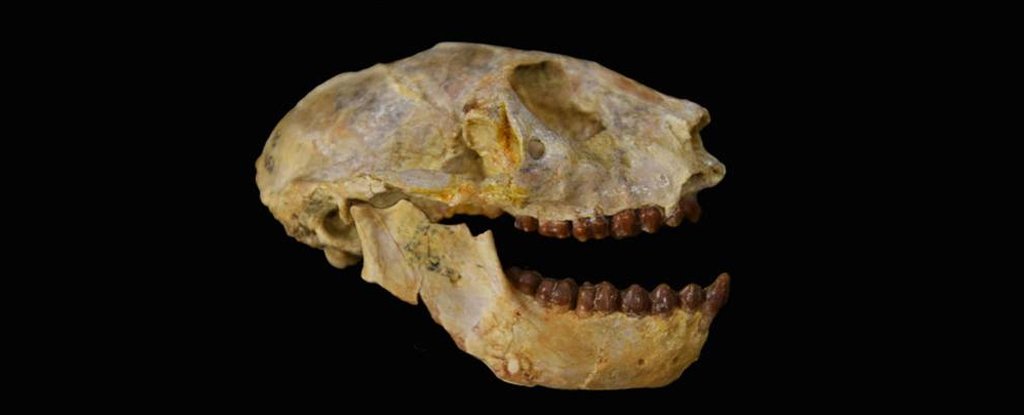
The close of the Eocene roughly 33 million years ago marks a time of great change on Earth. In a slow reversal of what we’re seeing today, temperatures dropped and glaciers stretched their icy fingers towards the equator.

In the beginning, there was … well, maybe there was no beginning. Perhaps our universe has always existed — and a new theory of quantum gravity reveals how that could work.
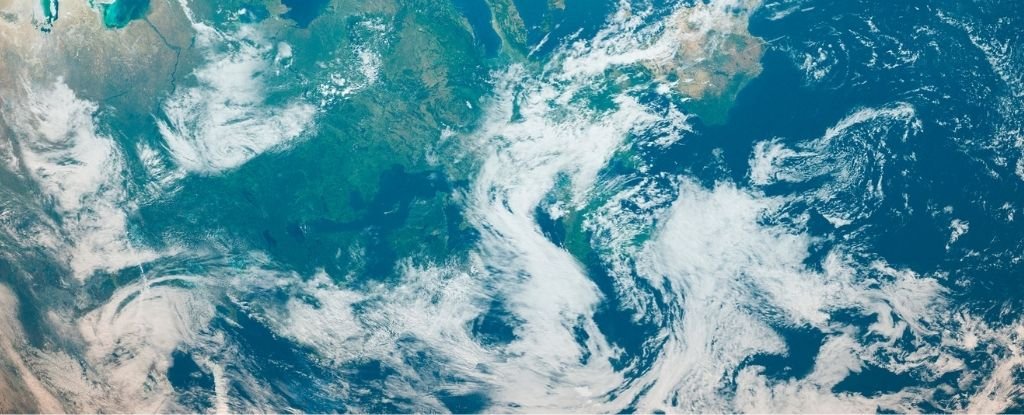
For the vast majority of animals on Earth, breath is synonymous with life. Yet for the first 2 billion years of our planet’s existence, oxygen was in scarce supply.








